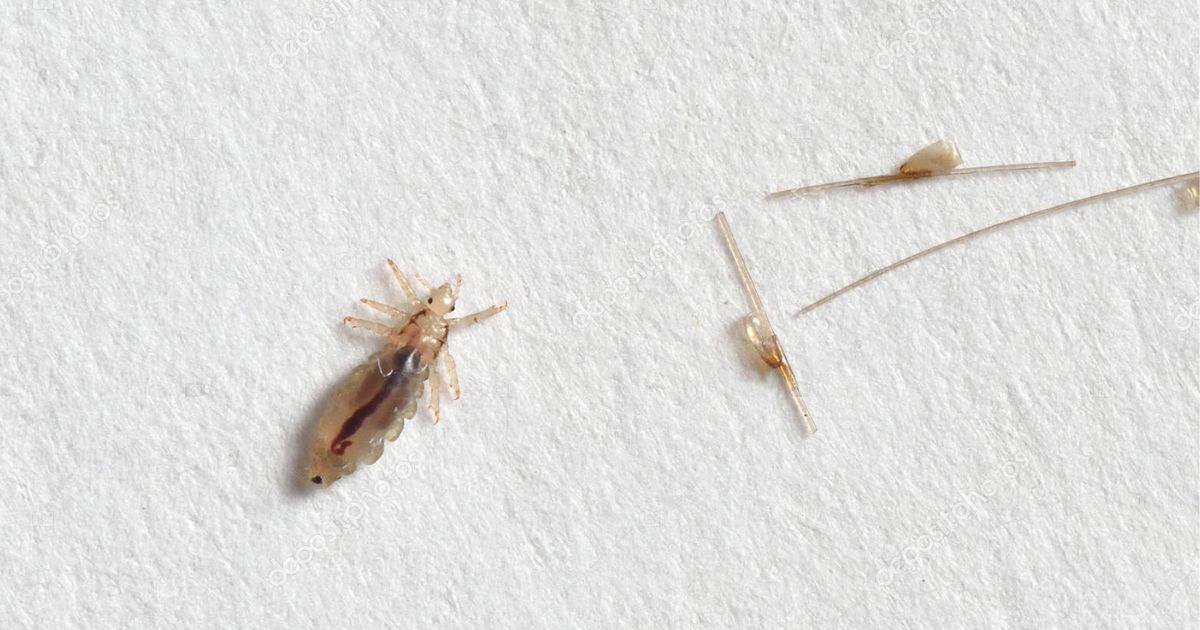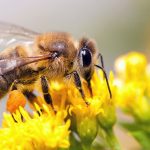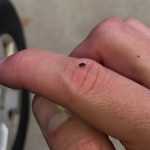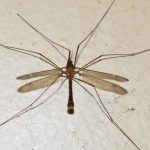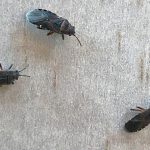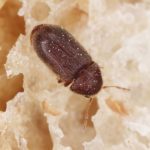Have you ever seen nits on a paper towel? If so, you’re not alone. Nits are small, white eggs that can be found on human hair shafts, and they can also stick to other surfaces such as clothing or furniture.
In this blog post, we’ll take a closer look at what nits look like on paper towels and give you some helpful tips for getting rid of them.
Nitts usually appear as a single egg or several eggs stuck together in clusters. They’re typically 1-2mm in size, white or yellowish, and oval or round. On paper towels, they may appear as a single egg or several eggs stuck together in clusters.
If you discover nits on paper towels, it’s essential to take immediate action to remove them from your home.
The best way to do this is by using an anti-parasite shampoo or lotion specifically designed for treating head lice and eggs.
These products contain active ingredients that kill adult lice and eggs, as well as eggs, thus preventing further infestations from occurring in your household.
By understanding what nits look like on paper towels and taking the necessary steps for elimination, you can help keep your family safe from these pesky parasites.
So, if you suspect there are nits in your household, don’t wait – take action today.
How to Identify Nits on Paper Towel
Contents
Paper towels can be an effective way to identify nits in the hair.
Start by running a paper towel along the scalp, paying close attention to any white or yellow specks that may be present.
If you find any, use a magnifying glass to inspect them more closely.
If they are nits, they will appear oval-shaped and will be firmly attached to the hair shaft.
Distinguishing Nits from Dandruff
Distinguishing nits from dandruff can be a tricky task, but it is an essential step to take if you suspect lice infestation.
Nits are lice eggs, and they appear as oval-shaped particles that are tightly attached to the hair shaft close to the scalp.
They can range in color from white to grayish-brown and when new, they may be translucent or opaque.
In contrast, dandruff appears as white flakes scattered throughout the hair and can be brushed away easily.
If you find what looks to be nits on a paper towel, it is possible to see them with the naked eye.
However, it is important to note that nits may not always be visible on a paper towel as they can be very small and easily overlooked.
Additionally, other small particles such as hair product residue or dead skin cells may be mistaken for nits and require different treatments.
If you suspect you have nits in your hair, prompt action must be taken to prevent an infection from spreading quickly.
Consulting a healthcare specialist or visiting a lice removal salon will help determine whether what you are seeing is indeed nits or something else.
Fresh vs Mature Nits
When it comes to lice infestations, identifying nits is key. Nits are lice eggs and come in two forms: fresh and mature.
Fresh nits are newly laid eggs, which are smaller and lighter in color than mature nits. They can be white, brown, or tan, with an oval shape and a small black dot at their center.
On paper towels or hair strands, they are easily distinguished by their smooth texture and ease of crushing.
Mature nits, on the other hand, are larger and darker in color as they near hatching. They are firmly attached to the hair strand with a sticky glue-like substance making them harder to remove.
As the hair grows closer to the scalp, it may appear brown or even black. They also have a ridged texture which sets them apart from fresh nits.
It is important to note that if you find nits on a paper towel, it likely indicates recent contact with someone who has lice.
Therefore, it is necessary to take appropriate measures such as washing all clothing, bedding, and hairbrushes in hot water and using special lice treatments as directed to prevent the spread of lice.
Signs of an Infestation
Nits, or lice eggs, are usually found at the base of the hair shaft near the scalp and can be identified by their oval or teardrop-shaped hard shells.
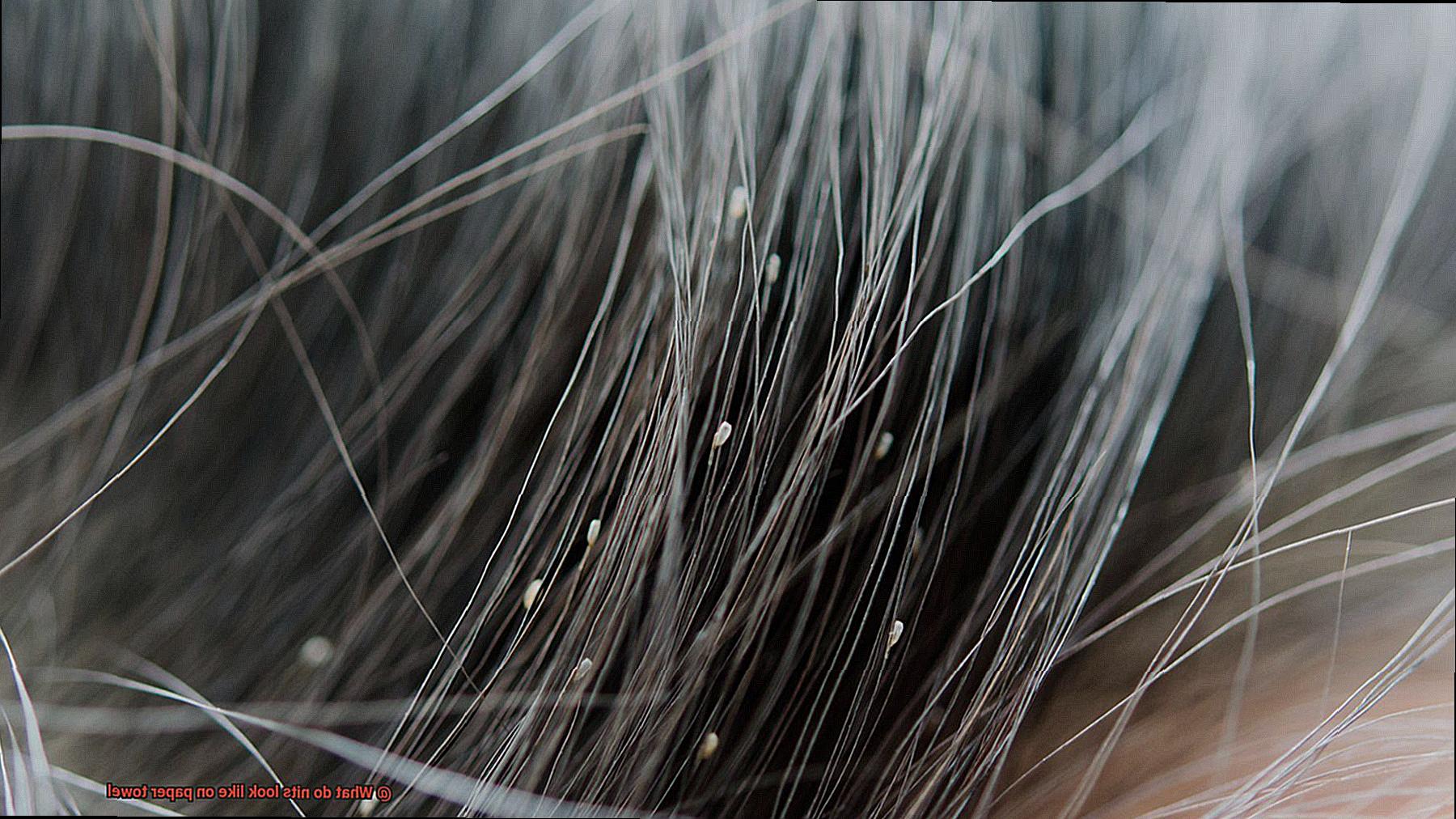
They may range in color from yellow to white and can be as small as a pinprick or as large as a sesame seed.
It’s important to distinguish between nits and dandruff since they can look quite similar. Dandruff flakes tend to be larger than nits, and they are usually white or gray.
They also come off the hair shaft much more easily than nits do. Freshly laid nits may appear more translucent than older ones, which become darker in color and may even be empty if they have already hatched.
If you find nits on a paper towel but no lice are visible, it could be an indication that the infestation is still in its early stages and the lice have not yet made their way to the scalp.
In this case, it’s important to treat the hair and scalp with special shampoos designed to remove lice.
Nits can fall from the hair during routine grooming. However, if they’re found on a paper towel or on the scalp itself, it’s time to take action against these pesky parasites.
Treatment Options for Nits
There are a variety of ways to get rid of these pesky creatures.
One of the most popular treatments for nits is using a specially-formulated lice shampoo or conditioner. These products work by suffocating the lice and nits, preventing them from reproducing and spreading further.
To avoid potential side effects such as scalp irritation or allergic reactions, it’s essential to follow instructions carefully when using these products.
Alternatively, you can use a fine-toothed comb to remove nits from the hair manually.
This process, called nit combing, requires the use of a small comb with closely spaced teeth to carefully comb through the hair and remove nits and lice.
Although this method is time-consuming, it is also an effective way to get rid of nits without using chemicals.
If you prefer natural remedies, try tea tree oil, neem oil, or coconut oil.
These oils have naturally insecticidal properties and can help suffocate and kill nits and lice. However, there is limited scientific evidence to support the efficacy of these natural remedies; they may not be as effective as over-the-counter lice treatments.
Prevention Tips for Avoiding Infestations
Preventing lice and nit infestations is key to avoiding the annoying and sometimes uncomfortable experience of dealing with an infestation. To protect yourself and your family from lice, here are five prevention tips to follow:
Avoid Head-to-Head Contact
Lice are mainly transmitted through direct contact with infested individuals or by sharing personal items such as hats, combs, or pillows.
To reduce the risk of getting lice, it’s important to avoid head-to-head contact with others, especially in crowded places.
Educate Children
Since children are most prone to lice infestations, it’s essential to educate them about the risks of sharing personal items and encourage them to notify an adult if they notice any itching or scratching on their scalp.
Regularly Check for Lice
Regularly inspecting your scalp and your family members’ heads can help detect lice early on, reducing the chances of severe infestation. If you notice any nits (lice eggs) or live lice, take immediate action to treat the infestation.
Clean Personal Items
Wash personal items such as bedding, clothing, and hair accessories in hot water to kill any lice or nits present.
Vacuum furniture, carpets, and car seats regularly to prevent lice from hiding and laying eggs.
Use Preventive Products
There are many preventive products available in the market such as sprays, shampoos, and conditioners that can repel lice.
Consult a healthcare provider before using any products and follow the instructions carefully for the best results.
Common Misconceptions about Nits
Nits are a common pest, but they are often misunderstood. Many people mistakenly believe that nits can be easily brushed or washed out of the hair, or that if you don’t have lice, you don’t have nits. But these misconceptions can lead to ineffective treatment and the spread of lice infestations.
It’s important to understand how nits work and what they look like in order to get rid of them.
Nits are oval or teardrop-shaped eggs that are firmly attached to the hair shaft with a glue-like substance.
They vary in color from yellow to white and may be translucent or opaque. Additionally, nits can be found on pubic hair, eyebrows, and eyelashes as well as the scalp.
The most effective way to remove nits is with a specialized comb made specifically for this purpose. Brushing or washing your hair will not be sufficient to get rid of them – they must be completely removed from each strand of hair.
Although an infection may seem gone after initial treatment, it’s important to note that there may still be some nits left in your hair.
If not treated properly, these will eventually hatch into adult lice, so it’s important to monitor any signs of infection after initial treatment has been completed.
Conclusion
Knowing what nits look like on paper towels is the first step to correctly identifying and treating lice infestations.
Nits are small, white or yellowish oval-shaped eggs that range from a pinprick to a sesame seed size. They may appear as single eggs or clusters of several eggs mixed together.
It’s important to distinguish between nits and dandruff. Dandruff flakes tend to be more prominent than nits, and they are usually white or gray in color.
Fresh nits may also be more translucent than older ones, which may also be empty if they have already hatched.
If you find nits on a paper towel but no lice are apparent, it could indicate an early stage infection before the lice reach the scalp.
To prevent an infestation from spreading quickly, use special shampoos or natural remedies such as tea tree oil, neem oil, or coconut oil.
Additionally, following prevention tips such as avoiding head-to-head contact with others and regularly checking your scalp can help avoid lice infestation in the first place.

